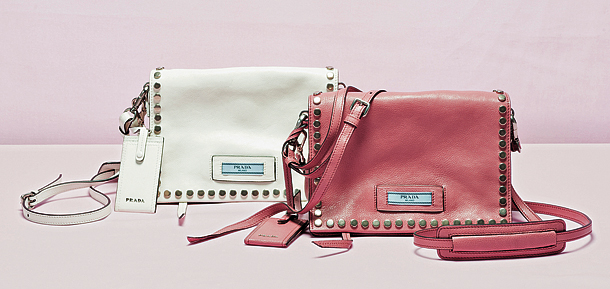Behind ‘Made in Italia’

However, some of the luxury brands popular today are not faithful to these values. They produce enough volume to fill hundreds of stores, and their products are so trendy that they are out of fashion after a couple years. Brands are expanding and commercial. Customers complain that the quality is declining.
The changes are closely related to how luxury goods are produced. Luxury brands’ production can be summarized in four methods. The first is produced by artisans in the country where the brand is headquartered. At these studios, you can meet a master who proudly says, “My family has been working for the brand for four generations.” unfortunately, it is becoming rare. An executive at a French luxury brand says young people are reluctant to engage in hard labor, and it is difficult to train masters. Also, companies are also reluctant as high labor costs translate to higher production costs.
Secondly, products are made from cheap labor in the country. Prato near Florence, Italy, is home to 5,000 factories run by Chinese businesses, employing more than 50,000 Chinese workers. The setting has changed from China to Italy, but the same low-waged Chinese laborers are producing goods. Without the know-how transferred through generations, these goods are labeled, “Made in Italy.” A local broadcasting station reported in 2007 that Gucci and Prada used this method to make their products.
Thirdly, products are nearly completed in underdeveloped countries and finished in Europe. The European Union requires that when a product is manufactured in more than two countries, the country of the last process is labeled as the origin. When Louis Vuitton shoes are almost completely manufactured in Romania and sent to Italy to be finished with soles, they are officially “made in Italy.” Romanian workers are paid about 170,000 won ($149) a month, a 15th of Italians, but the price of shoes hasn’t become more affordable.
Fourthly, products are made and finished in China, India, Turkey and elsewhere and labeled accordingly. Burberry, Prada, Armani and Bally manufacture some of their goods abroad.
If consumers are informed of where and how products are made, it won’t be a problem. But, many buy luxury goods without knowing. Goods that went through various routes are displayed at luxury boutiques side by side, and it is hard to think of goods made in China when you are at a fancy boutique. The labels of country of origin may not be so noticeable. There is no way of knowing “Romania before Italy.” The only way is to become well-informed consumers. There are many consumers of luxury brands in Korea. It is about time we rethink the meaning of luxury goods.
JoongAng Ilbo, June 22, Page 30
*The author is a deputy business news editor of the JoongAng Ilbo.
PARK HYUN-YOUNG










with the Korea JoongAng Daily
To write comments, please log in to one of the accounts.
Standards Board Policy (0/250자)